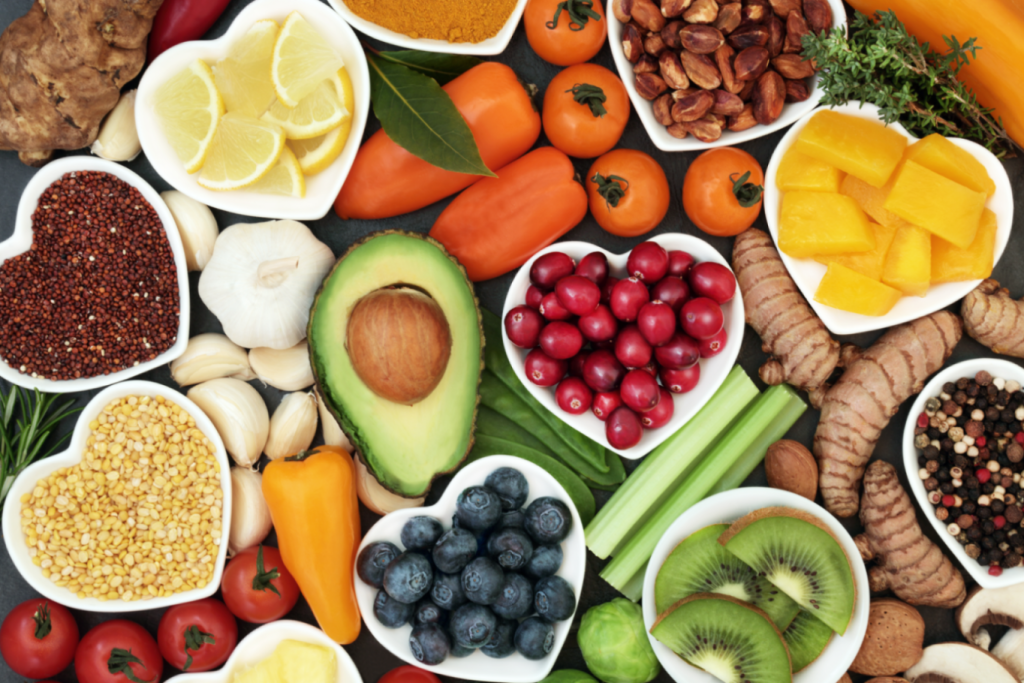
Eating Well Made Simple: Practical Tips for Balanced Nutrition
By Bantam Murangiri
Nutrition has become a bit of a puzzle these days. Everyone seems to have an opinion on the “right way” to eat whether it’s to boost energy, manage weight, or just feel good. But with new diets, quick fixes, and food fads popping up all the time, it’s easy to feel overwhelmed. So how can we eat well and simply? As it turns out, the basics haven’t changed: it’s about balance, variety, and making food choices that nourish our bodies and fit our busy lives
Balanced nutrition is more than what’s on our plates; it’s a whole approach to food and health. A well-rounded diet includes essential proteins, carbohydrates, healthy fats, vitamins, and minerals. Proteins help us build and repair muscles, carbs give us energy, fats keep our brains sharp, and vitamins and minerals keep everything running smoothly.
But with so much on our plates, figuratively and literally, creating balanced meals can feel daunting. That’s where a simple “plate method” comes in: half the plate filled with colorful fruits and veggies, a quarter with lean protein, and the other quarter with whole grains. The more colors, the better—a bright mix of greens, reds, and oranges brings in a variety of nutrients. By thinking in these simple terms, it’s easier to build balanced meals even on the go.
Strict diets can be tiring, and they don’t often last long. Many people are turning to intuitive eating instead, an approach that encourages listening to our bodies’ hunger and fullness signals. It’s about eating when we’re hungry, stopping when we’re full, and not labeling foods as “good” or “bad.” Nutritionist Dr. Sam Lee shares, “Intuitive eating helps people tune in to what they really need and make choices that feel right rather than forced.
The busy schedules mean they most often give themselves some convenience foods. They may be quick but they’re usually lacking in the nutrients our bodies need. Prepping meals in advance over the weekend or keeping healthy snacks within arms reach helps set us up for success. Simple changes — whole grains versus refined, veggies in place of dessert — can count.
Local initiatives such as food coops and community gardens are providing a much easier opportunity for low income people to find affordable, sustainable foods.
Sure, certain foods get a lot of hype as ‘superfoods,’ but they’re not miracle workers (though kale could help your dog: We’ve scouted out more than a few dog treats inspired by popular human foods). They are a great nutrient source, but no one food covers all our needs. Dr. Dietitian Emily Tran explains, ‘Superfoods are great, but it’s really all about what you’re eating overall.
Practical tips on how to eat good today :
Nutrition doesn’t mean going full Hooper on your eating habits (unless you want to). Small steps can make a big difference:
Add a Color: If you’re not getting enough vitamins and minerals, you can throw an extra veggie or fruit onto your plate.
Plan Healthy Snacks: They keep you full between meals and won’t cause sugar crashes with nuts, fruit and yoghurt.
Drink More Water: Keeping hydrated improves energy, focus and mood.
Limit Sugary and Processed Foods: But whole foods are better for energy — they’re easy to reach for — but they don’t sustain energy
Eating healthy doesn’t require perfection. It’s just about making choices that support physical health and mental wellness so they can be sustainable. Start with a few changes that fit your lifestyle, and remember: There is food to feed you not to stress over. The good news? Eating is not as complicated as it may seem. It’s really just about balance, variety and a few nutritious choices in your favor.


